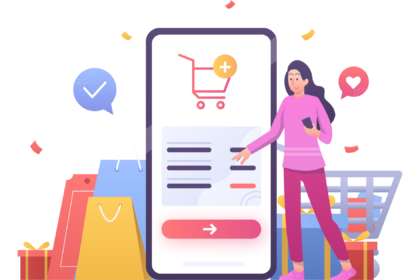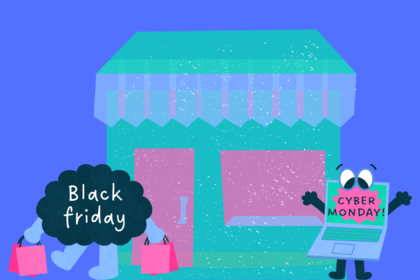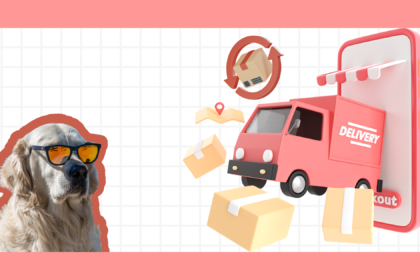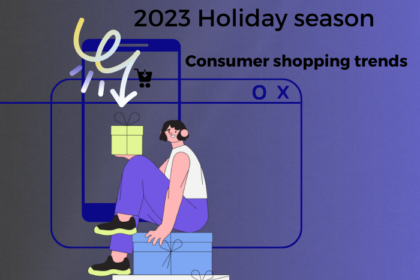New small business owners find it difficult to understand why their eCommerce businesses grow slowly. While there are numerous contributing, website engagement is among the most overlooked aspects.
Not only does website engagement keep your new visitors interested in learning about your company, but it also helps retain existing customers. Thus, optimizing the sales cycle.
During the course of this article, you’ll learn ten expert tips to boost your eCommerce store’s website engagement. From driving traffic to keeping your existing customers happy, we’ll look at each tip in detail. Let’s get started.
1. Design a Responsive Website
Responsive web design refers to a modern design approach that ensures a website’s pages adjust well on various screen sizes.
“Mobile devices have been consistently generating over half of the website traffic in the past five years.” – Statista.
Therefore, having a responsive website can’t be compromised. For that, you need to choose your theme wisely.
If you use a Content Management System (CMS), such as WordPress or Joomla, ensure that your chosen theme is responsive. As third-party developers can contribute to making website themes for these platforms, they won’t all be fluid.
The more convenient option is to utilize a website builder that guarantees mobile responsiveness, like the Zyro eCommerce builder. With this platform, you’ll get access to more than 80 responsive and attractive website templates, allowing you to focus on growth, rather than the minute details of your site on every different screen format.
2. Have a Clear Website Structure
Website structure refers to your website’s presentation. The four types of site structure include hierarchical, sequential, matrix, and database.
For eCommerce websites, the hierarchical model is the most suitable option. This tree structure starts from the big umbrella that narrows down to more specific topics. Thus, you can display parent product categories and utilize a drop-down menu to contain the child categories.
The best practice for this is to keep the hierarchical structure under three levels. Not only does the simple structure ease your potential customer journey, but it also helps Google index your site faster.
3. Run Social Media Ad Campaigns
Starting a social media ad campaign allows you to display advertisements for your eCommerce store on various social media platforms. It’s among the excellent strategies to help increase your online store’s traffic, as there are 4.2 billion social media users globally.
Here are some ad campaign programs from three of the most popular social media platforms, Facebook, Instagram, and Tiktok:
- Facebook Ads – This service can automatically generate retargeting ads that feature the goods your visitors saw on your product page. It also lets you customize the advertising targeting options, like gender and age, to get your ads personalized.
- Instagram Ads – Sign up for Instagram Ads from your business account and choose the various ad forms the platform offers, including photos, carousels, Instagram Stories, and IGTV.
- TikTok Ads – Despite its limited availability, TikTok Ads has been spreading its wings across 20 countries, including the USA. Signing up for the service, you’ll be able to display pre-roll and in-feed ads, promote hashtag challenges, and create branded effects.
On a side note, define your target audience before deciding on a platform, as each social media has its own demographics.
4. Apply Cross-Selling and Upselling Techniques
Cross-selling is about offering more shopping options to complement what your potential buyers have on their carts. In comparison, upselling pretty much involves suggesting a better, more expensive option of the same product.
When done right, these strategies help increase your sales and reinforce your relationship with your customers. That said, let’s see how you can put these techniques into action:
- Keep it easy – Being too promotional backfires. Keep the sales flow smooth by only referring to products or services that align with the customer’s needs
- Offer benefits – Rewards, such as discounts and free shipping, motivate your potential customers to close the deal
- Conduct follow-ups – Check-in on your past customers to find out if they’re happy with the purchase. This is to show that your company cares about its customers
5. Boost User-Generated Content
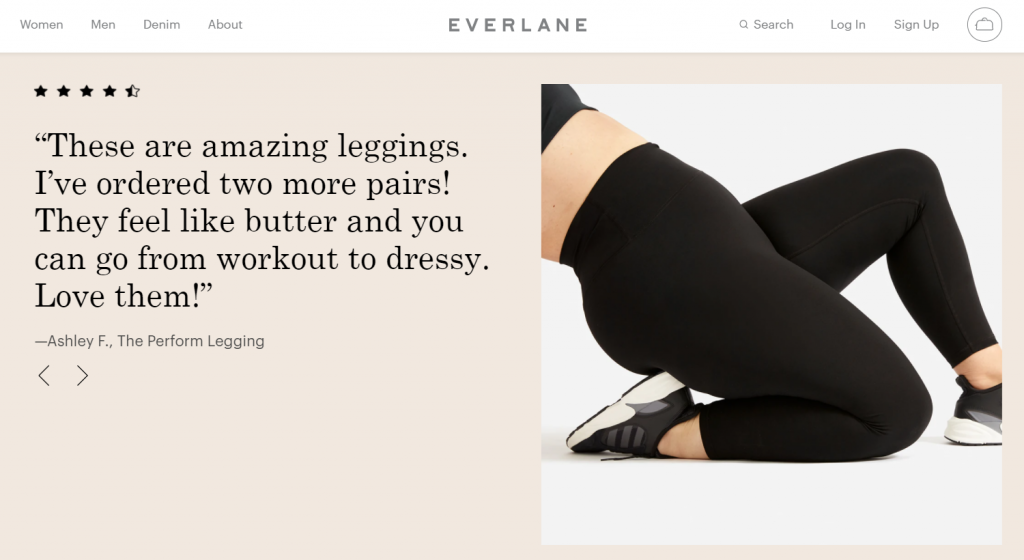
User-generated content (UGC) refers to any content, such as reviews, photos, and testimonials, created by general users rather than affiliates or influencers.
“For eCommerce websites, UGC is vital as 87% of customers read local businesses’ online reviews before making a purchase.” – Brightlocal.
Besides proving your shop’s credibility, letting users add content encourages customers to have their say, thus improving your site’s engagement. When they do, don’t forget to leave a response so they’ll feel appreciated.
6. Personalize the Content
eCommerce content personalization is about integrating personal experiences along the customer journey by delivering relevant content based on users’ data, including purchase behavior, browsing patterns, and visited pages.
“91% of online shoppers are more likely to buy from a company with relevant offers.” – Accenture
As personalizing each customer’s experience can be challenging, utilize an e-commerce personalization tool to help with the process. Here’s what such tool can help you with:
- Product recommendations. By looking at past searches and purchase history, an eCommerce personalization tool can generate relevant item suggestions
- Dynamic pricing. This feature allows adjusting a product’s pricing based on changing market demand and tailoring different product pricing for different audiences
- Personalized navigation. This practice is about prioritizing particular website pages for certain audience groups
- Abandoned cart retargeting. Suppose an item has been in a visitor’s cart for too long, an e-commerce personalization tool will remind the potential buyer to proceed with the checkout process
7. Upload High-Quality Images
Your target customers can’t see or touch your products in real life before actually purchasing them. To make a decision, they rely heavily on your product images. That’s why having excellent product photography is essential for eCommerce websites.
Suppose you’re afraid the high-quality product photos will slow down your website. In that case, don’t forget to compress before uploading them. For this, use a lossless compression tool, like TinyPNG, as it can cut the image’s size without reducing its quality.
8. Offer Discounts and Sales Promotions
Offering promotions might seem like an ineffective way to generate interest. However, well-organized discount and sales promotion campaigns are excellent for attracting traffic, engaging new audiences, and driving sales quickly.
However, these practices aren’t for everyone. When conducted too often, discounts can diminish your product and service’s value. Read the tips below to structure effective discount and sales promotion campaigns:
- Welcome new visitors with special offers – whether it’s a shopping coupon or a 15% discount for their first purchase, it won’t be a problem
- Apply early-bird discounts for new products – this practice creates a feeling of scarcity about your goods, triggering purchases
- Promote seasonal products with special gifts – suppose you launch Chinese New Year attire collections. In that case, a small hong bao pocket can be a great gift for each purchase of the collection
- Reward loyal customers with personalized promotions – establishing a loyalty club is a great way to organize this program. For that, let’s dive deep into a loyalty program on the next tip.
9. Create a Loyalty Program
A customer loyalty program refers to a structured marketing solution focused on rewarding a customer who has engaged with a company repeatedly. Apart from improving relationships, implementing a reward program can encourage your customers to keep coming back to you.
When setting up a customer loyalty program, remember these four tips:
- Give out free products – suppose your customers have spent a certain amount on your brand, you can probably send across for them to try
- Set a timeframe – your loyalty members should be able to attain their rewards within three to six months after joining the program. This is to make sure they don’t lose their interests
- Give birthday surprises – preparing a birthday treat for your loyal customers can be a pleasant and personalized reward. Not only does it show that your company cares about its customers, but it also keeps them happy.
10. Add CTAs Strategically
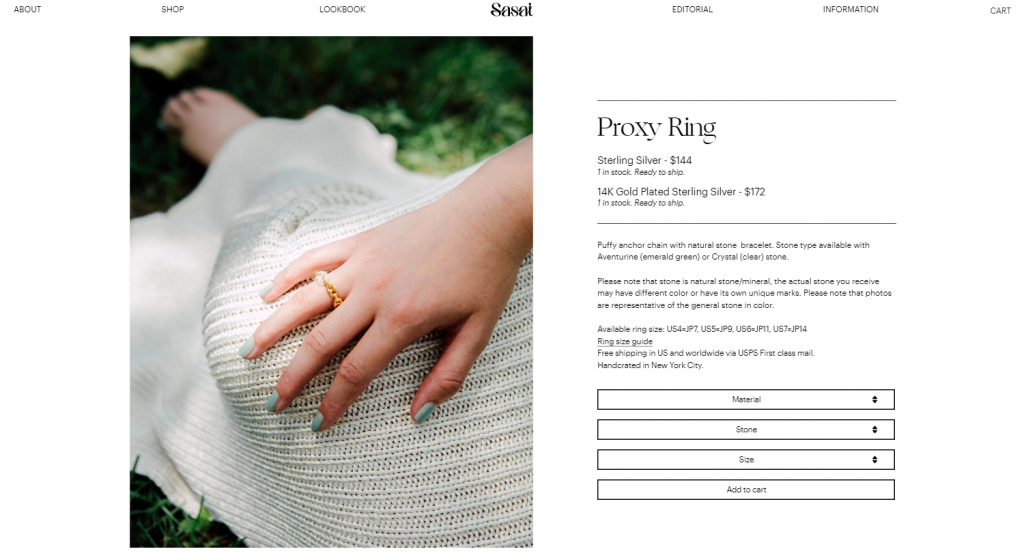
A call-to-action includes any phrase that encourages your eCommerce site’s visitors to take specific actions. Apart from driving more conversions, compelling CTAs can also serve as navigation that guides your potential customers through the marketing funnel.
To strategically place your CTAs, refrain from being too aggressive. For example, some shoppers may feel intimidated by a Buy Now button. In this case, use Add to Cart or Save as Favorite instead.
Also, emphasize the button with colors or boxes. That way, your CTA will catch your visitors’ attention and won’t get overlooked.
Conclusion
You’ve learned ten tips for boosting your website engagement. By implementing them, you’ll save your eCommerce website from getting stale. Additionally, responsiveness is the first thing you should take care of when developing your website. Make sure you don’t baffle your visitors with confusing navigation and website structure. Finally, good luck with your new eCommerce store!
This is a guest post by Lydia Steele

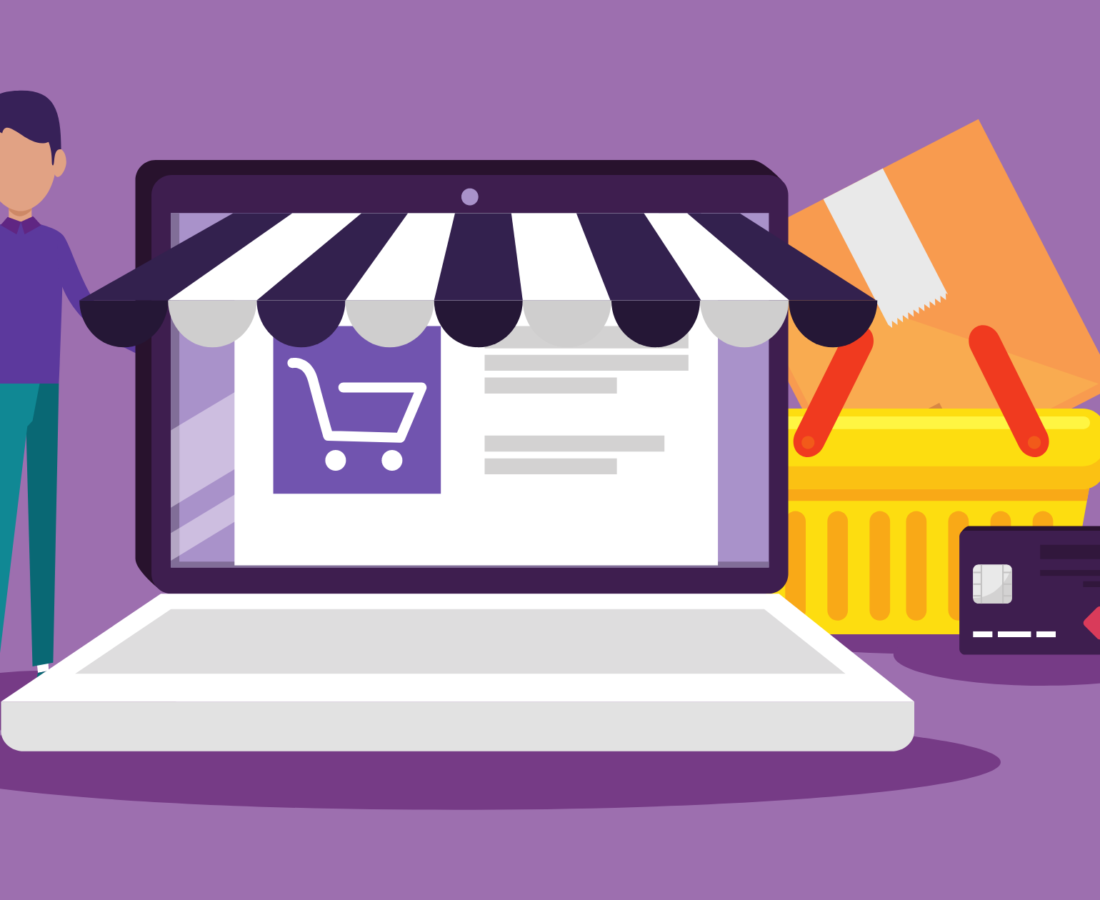

![[eCommerce 2021] A Step-by-step Guide to Customer Retention Blog Header](https://lswordpress.s3.amazonaws.com/blog/wp-content/uploads/2021/05/18094942/2-1-150x150.png)
